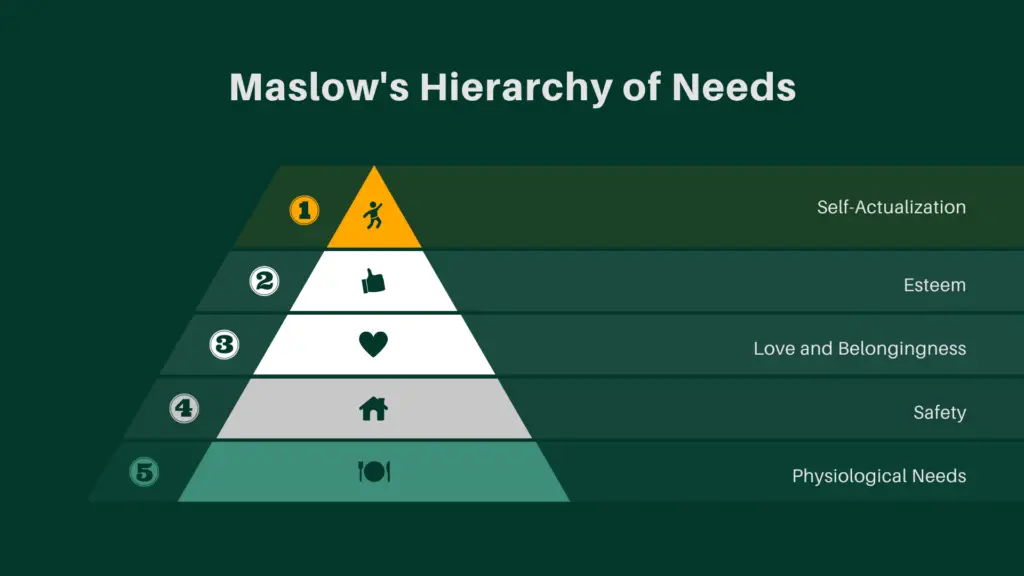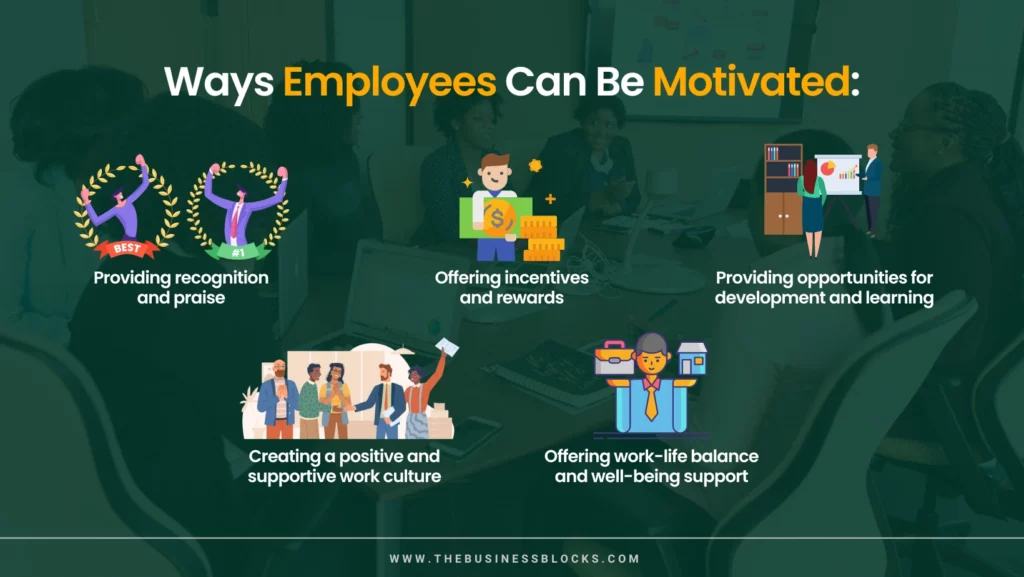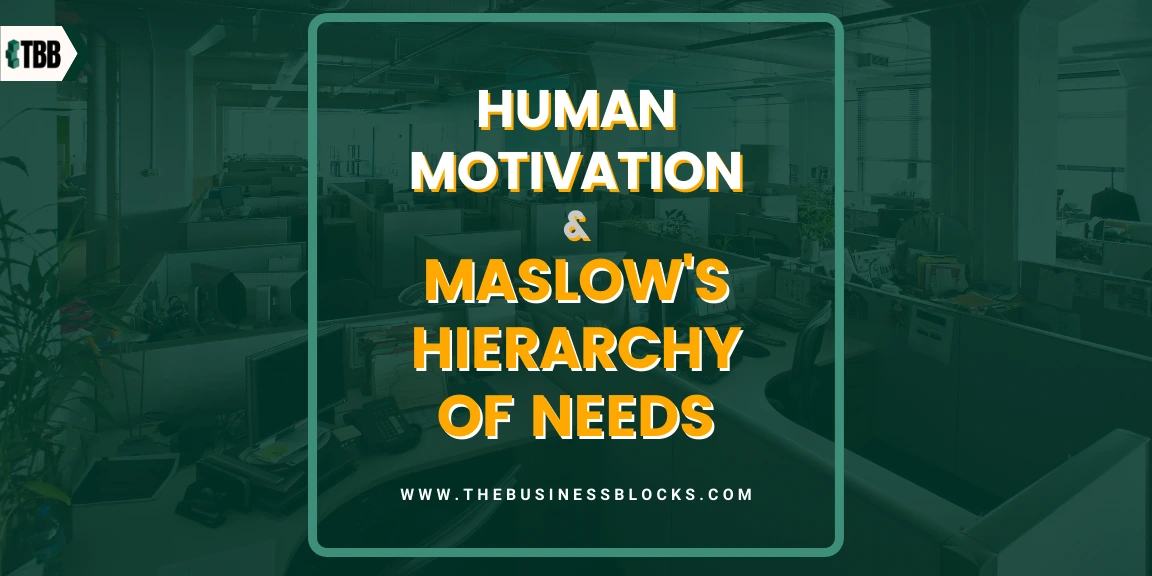Human motivation is the psychological process that drives individuals to engage in certain behaviors or activities to fulfill their needs and achieve their goals.
Employee recognition is a form of motivation that involves recognizing and rewarding employees for their contributions and achievements.
Why do humans need to be motivated?
Motivation provides individuals with the drive, energy, and determination to pursue their goals and aspirations and can help to overcome obstacles and challenges that may stand in their way.
There are many different theories and models of motivation which propose different explanations for why humans need motivation. Some of the key reasons why humans need motivation include:
- To satisfy basic needs: Humans have a range of basic needs, such as the need for food, shelter, and safety, which must be fulfilled for them to survive and thrive. Motivation can provide the drive and energy needed to engage in behaviors or activities that help to satisfy these basic needs.
- To achieve personal goals: Humans have a range of personal goals and aspirations, such as the desire to be successful, to achieve financial security, or to achieve personal growth and development. Motivation can provide the drive and determination needed to pursue these goals and overcome obstacles and challenges that may stand in the way.
- To create meaning and purpose: Humans naturally desire to find meaning and purpose in their lives and to engage in fulfilling and rewarding activities. Motivation can provide the drive and energy needed to engage in activities that provide meaning and purpose and help individuals feel fulfilled and satisfied with their lives.
Maslow’s Hierarchy of Needs and Employee Recognition

Maslow’s hierarchy of needs proposes that individuals have a hierarchy of needs that must be fulfilled to achieve their full potential.
According to Maslow, there are five levels of needs in the hierarchy: physiological needs, safety needs, belongingness and love needs, esteem needs, and self-actualization needs.
Employee recognition can play a role in satisfying some of the needs in Maslow’s hierarchy. For example, recognition can help to fulfill employees’ safety needs by providing them with a sense of security and stability and can help to fulfill their belongingness and love needs by providing them with a sense of connection and community.
Recognition can also help fulfill employees’ esteem needs by giving them a sense of achievement and recognition. It can also help fulfill their self-actualization needs by providing them with opportunities for personal growth and development.
Overall, employee recognition can be an effective tool for motivating employees and helping them to fulfill their needs.
What are ways employees can be motivated?

There are many different ways that organizations can motivate their employees. Some of the key ways to motivate employees include:
- Providing recognition and praise: Recognizing and praising employees for their contributions and achievements can be a powerful way to motivate them. By providing employees with positive feedback and validation, organizations can help boost their confidence and self-esteem and drive higher engagement and motivation.
- Offering incentives and rewards: Offering incentives and rewards, such as bonuses, pay raises, or other forms of financial compensation, can be an effective way to motivate employees. By providing employees with tangible rewards for their performance and achievements, organizations can help to motivate them to work harder and to achieve their goals.
- Providing opportunities for development and learning: Employees with opportunities for professional development and learning can be a powerful way to motivate them. By investing in employees’ skills, knowledge, and abilities, organizations can help motivate them to grow and develop and provide them with the tools and resources they need to succeed.
- Creating a positive and supportive work culture: Creating a positive and supportive work culture can effectively motivate employees. By fostering a culture of respect, trust, and collaboration, organizations can help to create a positive and engaging work environment. They can motivate employees to be more committed and engaged with their work.
- Offering work-life balance and well-being support: Offering work-life balance and well-being support can be a powerful way to motivate employees. By providing employees with flexible work arrangements, time off, and other support, organizations can help to motivate them to achieve a healthy and balanced lifestyle. They can foster higher levels of well-being and satisfaction.
Overall, there are many different ways that organizations can motivate their employees. By providing recognition, rewards, development opportunities, and support, organizations can help to foster a positive and supportive work culture. They can drive higher employee engagement, motivation, and retention levels.
By recognizing and rewarding employees for their contributions and achievements, organizations can foster a positive and supportive work culture and drive higher levels of employee engagement, motivation, and retention.

